Oil on canvas.
This exquisite portrait depicts a young woman from the Ciociaria region, dressed in traditional attire. Ciociaria is a historical and cultural area in central Italy, located in the modern Lazio region. Although it does not have official administrative status, Ciociaria is renowned for its unique traditions, dialect, cuisine, and lifestyle, which inspired 19th-century artists.
The region’s name comes from the word "ciocia", a traditional peasant shoe worn by the local population. In the 19th century, interest in Italian folk culture and national costumes grew, and many artists sought to capture these images in their works. Young women from Ciociaria, known as "ciociare", were often invited to pose for portraits. They embodied the idealized beauty and pastoral life that appealed so much to European artists visiting Italy.
Artists from France, Germany, Denmark, and Russia flocked to this region, forming artistic colonies between Rome and Naples. Inspired by the local landscapes and lifestyle, they painted genre scenes, portraits of peasants, and landscapes, immersing viewers in the romantic atmosphere of southern Italy.
This portrait, painted in a romantic style, depicts a charming young girl with large expressive eyes, possessing the classic beauty of southern Italy. The work, created on canvas with great attention to detail, shows the girl wearing the traditional costume of Ciociaria, originally worn by the poorer strata of society, such as peasants and laborers. She wears a fazzolettone, a scarf fastened on her head. She is also adorned with unique earrings called gangane, which can be seen with this costume in the Museum of Folk Arts in Rome. A poor yet embroidered corset is tightly laced over a pristine white blouse. This attire highlights the unique beauty and cultural heritage of the region, adding authenticity to the young woman's portrait.
The portrait is enclosed in an oval wooden frame, accentuating its romanticism and elegance.

























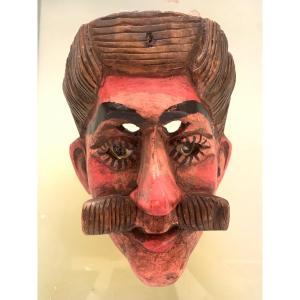

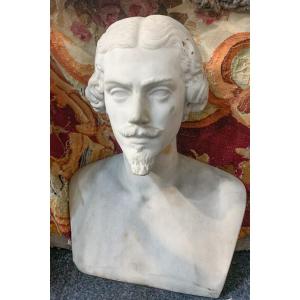


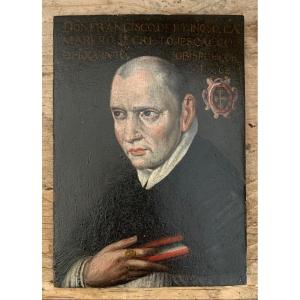




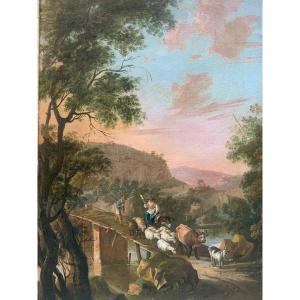



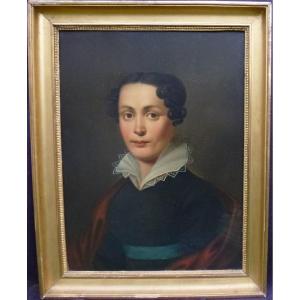




 Le Magazine de PROANTIC
Le Magazine de PROANTIC TRÉSORS Magazine
TRÉSORS Magazine Rivista Artiquariato
Rivista Artiquariato